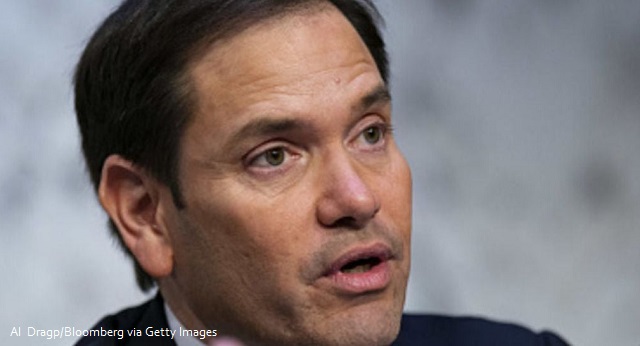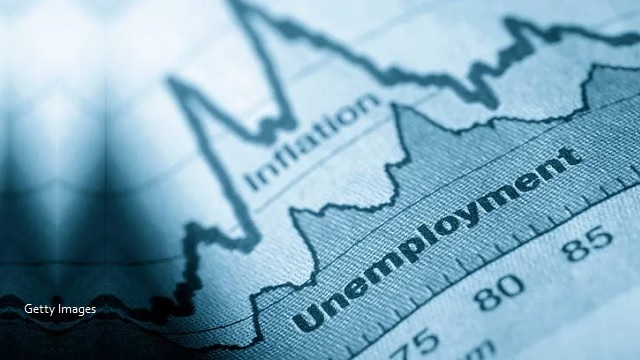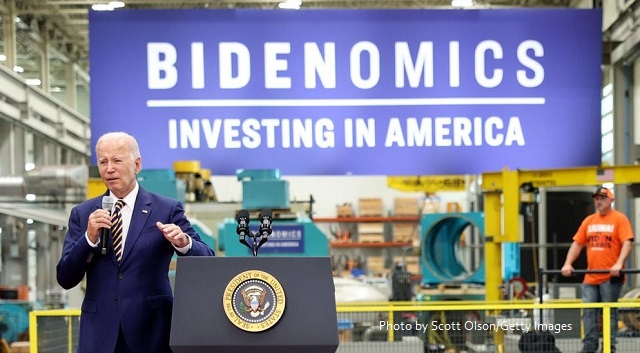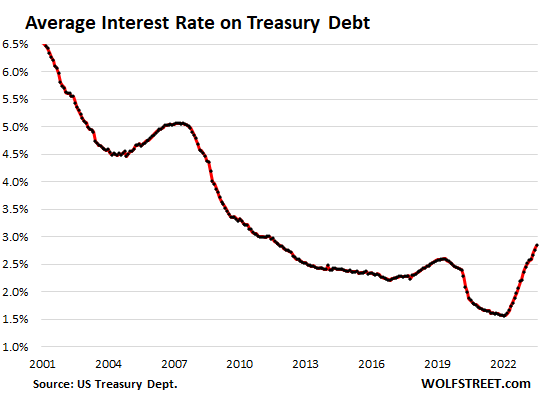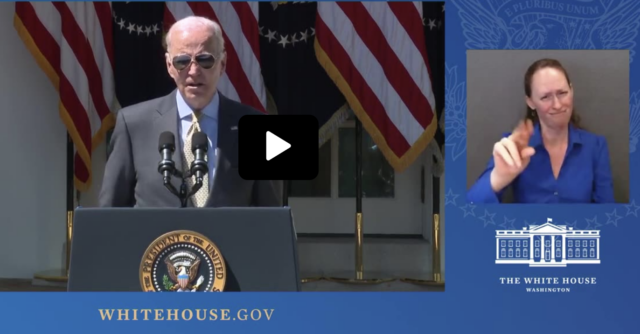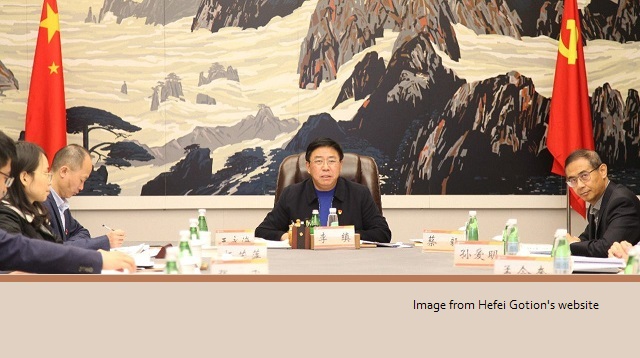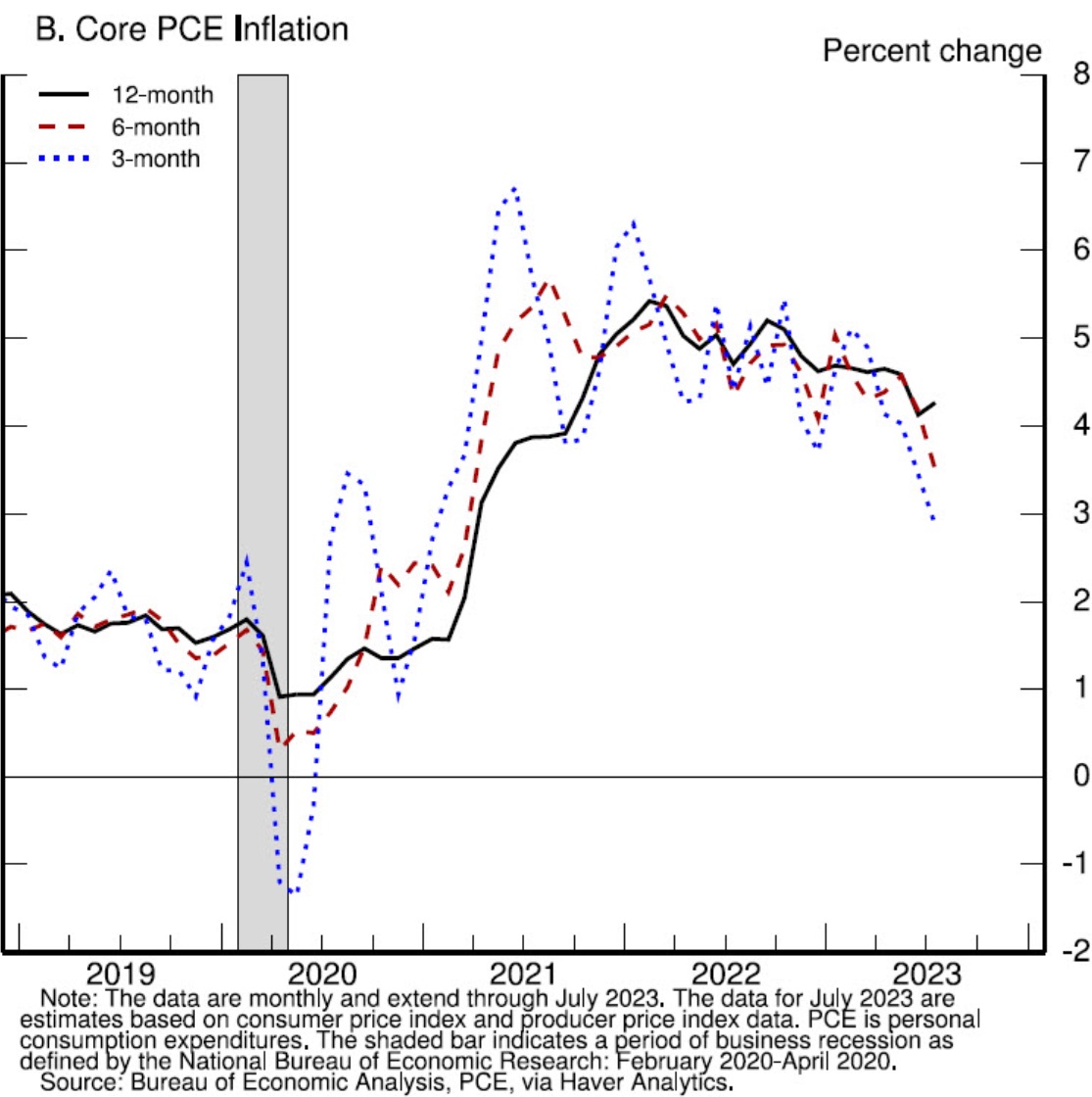A Viable Realism and Revival Doctrine
By Vivek Ramaswamy
Washington, Monroe, and Nixon equals America First.
In his inaugural address, Thomas Jefferson famously summarized the thought of George Washington in what is now known as the Washington Doctrine: “Peace, commerce, and honest friendship with all nations, entangling alliances with none.” The last of the Founders to serve as president, James Monroe, formulated the Monroe Doctrine, in which he declared to the European powers that the Western Hemisphere would henceforth be the unique sphere of influence of the United States. Over a century later, with the United States having ascended to superpower status, Richard Nixon expanded the corpus of American foreign policy strategy with his own doctrine, which called for our allies to bear their own security burdens and provide the primary manpower for their own defense, with America serving as a defender of last resort.
In the years since Nixon formulated his doctrine, our country has moved from being one of two superpowers to ascendancy as the world’s sole superpower after the fall of the USSR. We squandered our post-Cold War opportunity to preserve that position through a bipartisan embrace of “democratic capitalism” with Communist China, on the false premise that we could spread democracy through capitalism by creating mutual economic codependence with China. Our mistaken posture towards Communist China led us over the last three decades to a new uncomfortable equilibrium, where the United States tenuously remains the world’s great superpower but our two great power rivals—China and Russia—are now working together in a way that threatens us. We must admit our mistakes, recognize our time, and adopt a revised strategic vision for our day aligned with reality rather than wistfully wishing the immediate post-Cold War order back into existence.
The Washington Doctrine provides apt inspiration for where to begin. I will lead our nation from the bloody follies of neoconservatism and liberal internationalism abroad towards a strategy that affirmatively defends our homeland. We will be Uncle Sucker no more. Rather than spending billions projecting power into global vacuums where our allies will not spend to maintain it themselves, we will put America First again—as George Washington urged—as we recalibrate and consider our true interests.
Nixon and Realism
Though I often pay tribute to George Washington, when it comes to foreign policy, the president I most admire is Richard Nixon. Against the chaotic backdrop of the 1960s, where battles over ideas spilled into the streets, Nixon asserted a cold and sober realism. He formulated peace in the Middle East, while maintaining only the lightest possible military footprint there. He declined to intervene in the subcontinental war between India and Pakistan, while still demonstrating naval deterrence. He got us out of Vietnam. Most importantly, he recognized the unique threat posed by the Soviet Union. In China, he saw the greatest butcher of the 20th century, Mao Zedong. Yet rather than counting Mao’s crimes or launching a moralistic push for his downfall, he understood that Mao was the driver of the Sino-Soviet split. Nixon could never trust Mao to be a great leader or a saint, but he could trust him to act in his nation’s own interests. Thus it was that Nixon went to China and changed the Cold War forever.
If only Nixon could have seen the giveaways future administrations would offer to China. He was wary of the Chinese and believed they would become a great power and a great threat by the 21st century, but he could not have imagined that a whole generation of American leaders would help them do it—“useful idiots,” in communist parlance. In his day, many useful idiots populated the foreign-policy establishment, and he rejected their influence. Under Nixon’s leadership, the engines of state were turned from universalist language to, as he put it, driving local actors to take the “primary responsibility of providing the manpower for [their] defense.”
As U.S. president, I will respect and revive Nixon’s legacy by rejecting the bloodthirsty blather of the useful idiots who preach a no-win war in Ukraine that forces our two great power foes ever closer. The longer the war in Ukraine goes on, it becomes ever clearer that there is only one winner: China. I will lead America from moralism to realism by executing the inverse of what Nixon did in 1972: I will go to Moscow in 2025. I will deliver peace in Ukraine under the only terms that should matter to us—terms that put American interests first. The Biden administration has foolishly tried to get Xi to dump Putin. In reality, we should get Putin to dump Xi.
A good deal requires all parties to get something out of it. To that end, I will accept Russian control of the occupied territories and pledge to block Ukraine’s candidacy for NATO in exchange for Russia exiting its military alliance with China. I will end sanctions and bring Russia back into the world market. In this way, I will elevate Russia as a strategic check on China’s designs in East Asia.
With the same realist candor, I will admit that it is unacceptably dangerous that so much of our way of life is dependent upon Chinese manufacturing and Taiwanese semiconductors. I will declare economic independence from China. I will demand fairness in our trading relations with them. There will be no more industrial espionage and theft through forced “technology transfers” or other political favors as a condition for U.S. companies expanding into China, or else I will take swift action to punish China and to bar U.S. businesses from engaging in such behaviors. I will incentivize American companies to move supply chains away from China and rebase them in allied markets, especially in our own hemisphere, and I will use trade deals as the main way to do it. The key to so many supply chains is the semiconductor, and here, I will work with American industry to make certain our country achieves semiconductor independence.
Monroe and Security
If Nixon taught us how to approach more distant foreign policy, it is Monroe who teaches us how to handle security and relations with our near-abroad in the Western Hemisphere. His doctrine has driven American grand strategy since the 1800s. I do not want to change Monroe’s centrality; rather, I want to reinvigorate Monroe.
As we look at the Western Hemisphere today, we see encroachments that James Monroe would never have tolerated: Chinese spy balloons drifting over our heartland, Chinese spy bases in Cuba, Chinese ports near the Panama Canal. We must re-embrace the Monroe Doctrine and say that America comes First and that our hemisphere is not to be encroached by our adversaries.
Our foes abroad have sowed discord in our home hemisphere. Waves of leftism have roiled Latin America and created economic instability. Unstable states are unable to protect their own people, often leading to parallel states like the drug cartels that plague Mexico. These cartels are then used as foot soldiers by Chinese criminal enterprises that use them to push poisonous fentanyl into our country. In the form of both migrants and drugs, our border is under attack.
A safe Western Hemisphere makes for a safe America. To our foes who wish ill upon us and our hemispheric partners, I say keep your distance or you will be made to regret it. When I make that promise, I look especially at our U.S. Navy, which has fallen into sad decline but will be a key target of strategic investment for my administration. Meanwhile, to our hemispheric partners, I say, now is the time to invest in your own security and prosperity so that your people will have no desire to migrate.
Especially with regard to regional prosperity, I pledge that America will be a willing partner in the commerce Jefferson mentioned so long ago. We already have free trade agreements signed with twelve neighbors in our hemisphere, most especially the USMCA deal that covers our two most important trading partners in Mexico and Canada. Under my leadership, we will grow hemispheric trade to historic levels. We will pursue fair trade deals that will help create good-paying jobs both in the United States and in our neighboring nations, with an eye towards helping us to near-shore our supply chain and move it away from China.
My Foreign Policy Vision
With Nixon and Monroe firmly in hand, we can now move into application. Let us start with our great power rival, China, and the jewel of their near-abroad, Taiwan. We have operated in strategic ambiguity with regard to Taiwan for far too long. I will move to strategic clarity, by which I mean that China must understand that I will defend American interests in Taiwan. If Taiwan wants any partnership in their defense, then they will need to raise their defense spending and military readiness to acceptable levels. Meanwhile, I will commit to making sure Taiwan has the weapons they need for that defense, both from a sea-borne invasion, and in future, for a long-term insurgency against any occupying foreign force, if needed.
Aside from China, India is the key to our Indo-Pacific policy. I respect India’s realist tradition of non-alignment and equidistance, but I will nevertheless find ways to draw them closer to us and into regional leadership. Right now, India is the world’s largest arms importer, as well as a strong center for technology and engineering. The American defense industry needs time to grow and recover from decades of post-Cold War mismanagement. India can serve as a helpful partner in the meantime. We can use trade and tech transfer to unleash India’s tech and manufacturing might to not just arm India but other regional allies – to transform them from importer to exporter. In a similar way, I will pursue an AUKUS-style deal to share nuclear submarine technology and empower the Indian Navy. The result should be that if there is war in Taiwan, we can reliably depend on India to stand with us in a naval blockade of the Andaman Sea and Malacca Strait—the way of passage for China-bound oil supplies from the Middle East. This possibility alone will further deter China from invading Taiwan.
Elsewhere in Asia and Oceania, we must encourage other allies like Japan, the Philippines, and Australia to expand their defense budgets. These countries and others, including European countries like France and the U.K., should be encouraged to invest in poorer regional countries to offset Chinese economic influence, including the Polynesian islands. France and the U.K. both retain possessions in the regions, and I will encourage them to reposition their naval forces and permanently garrison their Pacific protectorates with manpower and assets. If we are to stand with the Europeans on their continent, then we should feel no compunction in asking them to stand with us in Asia.
On the European continent, we must seek a finite NATO border and pledge no further territorial expansion. European manpower should be the primary defense of Europe’s frontiers, with America as a balancer of last resort. Since about 1960, the United States has averaged about 36 percent of allied GDP but more than 60 percent of allied defense spending. Uncle Sam should not serve as Uncle Sucker to Europe. While European and American interests remain aligned, our spending priorities are not. No longer will America subsidize European weakness. Standing in the way of this recounting is the NATO bureaucracy, which is prone to push liberal internationalist missions that are beyond the alliance’s core role. Just like with the American administrative state, the NATO bureaucracy is beyond repair and must be pared to the bone. I will refashion NATO as a strictly defensive military alliance, not an internationalist club that opines on the domestic politics of its members.
One of my great hopes is that the United States will need to concern itself with the Middle East far less than we have in the last century. Oil drew us into the internecine rivalries of this region. Time and again, we tried to pick winners and losers in lands torn by ancient hatreds that were impenetrable to us. In the past few years, the Middle East has settled into an uneasy equilibrium. The Abraham Accords stand as a shining achievement that delivered a peace previously unimaginable. Yet we must recognize what more than anything drove these accords: Israelis and Arabs working together out of necessity to counterbalance the power of Iranians. There’s no one single power that poses a hegemonic challenge in the region, and if and when there is, America will be there to resist. We have settled at an uneasy equilibrium, but it is an equilibrium nonetheless—any further intervention by the United States risks throwing this situation out of balance again. We should therefore return to the Nixonian wisdom of keeping a minimal footprint in a region beset by historic grievances that Americans neither can change nor should even try to change with social engineering, unless a major great power threat emerges.
My campaign, at its core, is about reestablishing American national identity. When my two terms have elapsed, Americans will have taken back their country from unelected elites. We will rightly experience national pride again. The better we Americans understand our national identity, the better the world will understand us too. I will be honest with our partners abroad as I will be with our own citizens: the U.S. government’s job is exclusively to represent the interests of Americans. I further contend that the better we Americans understand our national identity, the better the world will understand our international identity. We still seek peace, commerce, and friendship with all nations. We remain committed to our own sovereignty above any internationalist delusions that promise paradise on earth, even as we still seek peace, commerce, and friendship with other nations. We are one nation under God, cognizant of the fallenness of our world, resigned to approaching it with realism, and yet enlivened with the certainty that our own liberty and prosperity may animate hope in the hearts of peoples abroad of what is possible when the greatest nation founded on freedom is indeed the strongest version of itself at home.
*****
This article was published in The American Conservative and is reproduced with permission.
TAKE ACTION
As we move through 2023 and into the next election cycle, The Prickly Pear will resume Take Action recommendations and information.


